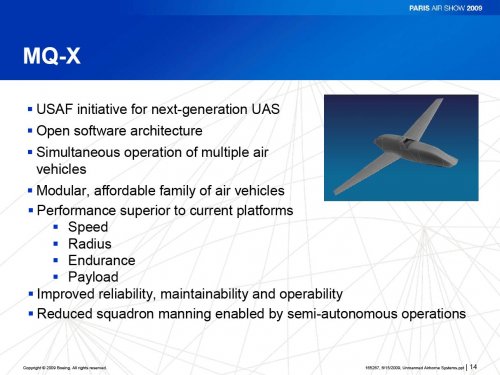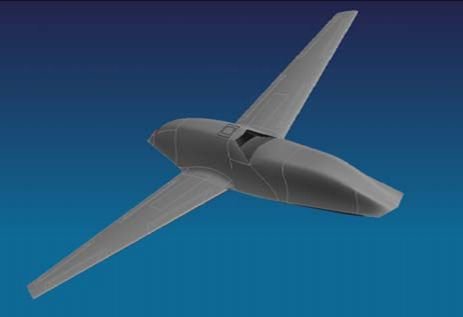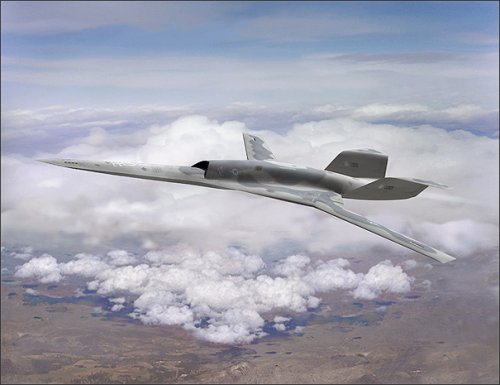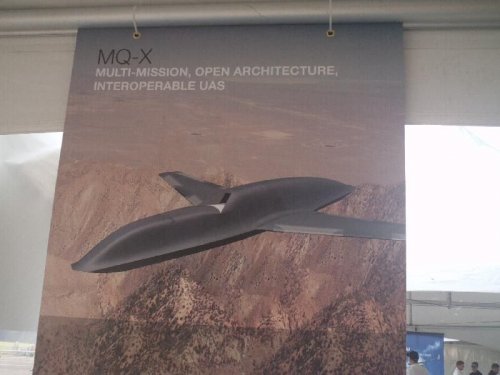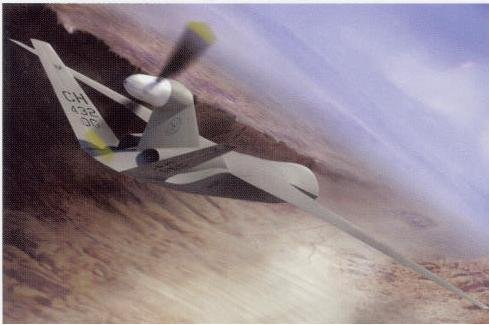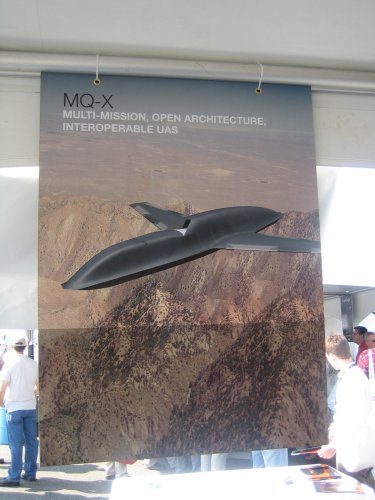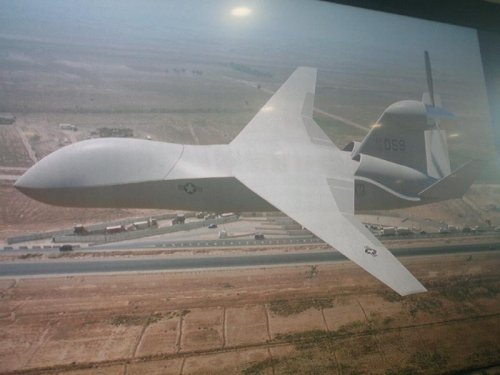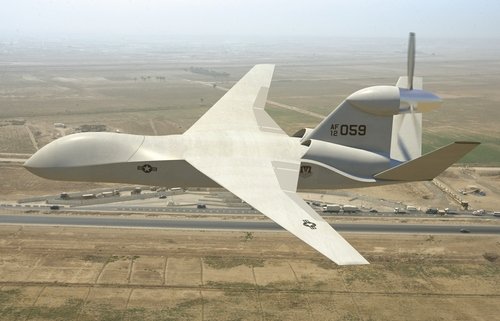this would be of help
http://www.airforce-magazine.com/SiteCollectionDocuments/Reports/2008/June/Day03/next-genUAS051508.pdf
and this as well
ACC Shooting To Finish ‘MQ-X’ Analysis Of Alternatives By Fall 2009
Inside Defense
November 14, 2008
A critical study that will help determine how the Air Force buys its unmanned aerial systems of the future
should be finished by the end of calendar year 2009, according to an Air Combat Command official.
If the Air Force completes that study in the anticipated time frame, the service could field its nextgeneration
UAS -- called “MQ-X” -- between 2015 and 2017, according to Col. Jim Firth, deputy director
of requirements at ACC. Firth spoke with Inside the Air Force during an Oct. 29 interview at ACC
headquarters.
At the same time, Air Force UAS officials are prepping for a December meeting with service Secretary
Michael Donley and Chief of Staff Gen. Norton Schwartz to present recommendations for an allencompassing,
40-year drone road map (ITAF, Oct. 31, p1). That plan also will determine the future of
the Air Force’s MQ-1 Predator and MQ-9 Reaper unmanned systems, both deployed -- and relied on
heavily -- in Iraq and Afghanistan .
But, while the MQ-1 and MQ-9 have “great capabilities,” they have “limitations in terms of their ability
to operate in a contested, more [of] a higher-threat environment,” an issue that could be addressed in the
MQ-X, Firth said.
The next-generation drone could likely be a jet engine-propelled vehicle with stealthy characteristics that
allow it to get past air defenses, he said. The system will be much faster than the current MQ-1 and MQ-9
meaning it could put weapons on target quicker.
It also would be valuable for the UAS ground stations to utilize open architecture and standard interfaces,
which would allow commanders to “mix-and-match” and “plug-and-play” different vehicles in the air,
Firth said. While not needed at this time, the technology exists to put air-to-air weapons on an unmanned
system, as well.
Many factors, including how long the Air Force flies its current unmanned systems and whether the
service transitions to an all-Reaper force are issues that are being addressed. Still, the shift to an all-MQ-9
force is an idea that is “very much on the table,” Firth said.
“The reason that we consider that as one of the attractive options is because the Reaper’s speed and
weapons carriage capabilities, altitude, all surpass the Predator,” he said of the MQ-9’s ability to fly
higher and faster and carry more weapons than its MQ-1 predecessor.
“It’s in a different class of capability,” Firth said of the Reaper. “Of course it costs more too. But from our
perspective at this point, we think it may be wise to have that capability.”
The service is buying a mix of MQ-1s and MQ-9s, meaning, if it transitions to an all-Reaper fleet, some
of the Predator drones will still be in relatively good shape. What would be done with those systems has
not been determined yet. At the same time, the Air Force is in the process of standing up 50 combat air
patrols in Iraq and Afghanistan, which include a mixture of Predators and Reapers.
-- Marcus Weisgerber

